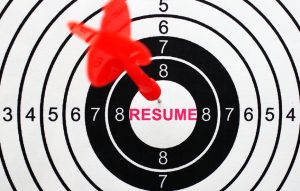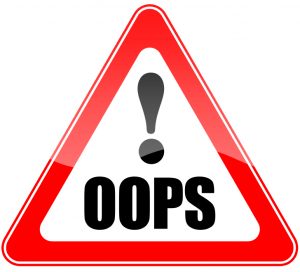Join our online community and be inspired to achieve your goals!
VIEW OUR FACEBOOK PAGEWhat to Wear to an Interview

If you are currently preparing for an interview, congratulations! There’s lots to think about but focusing some of your preparation time on working out what to wear is a great idea. Our main tip is to find out what the company’s dress code is – then dress slightly smarter than that to show you have made an effort. You don’t however want to appear overdressed and uncomfortable. If you’re going for an interview in a very casual environment and you turn up in a suit and tie, you may not feel confident and that will only jeopardise your chances.
Since workplace dress standards are so varied these days, I’ve broken it into three categories – professional, business or smart casual, and casual. These outfit ideas are just suggestions of what might work for each category – work out where the company fits and then base what you wear around these ideas.
Professional Attire:
- For women: a dark suit (could be a skirt or pants, but make sure the skirt is long enough for you to sit down comfortably), coordinated shirt/blouse, conservative shoes, limited jewellery, professional hairstyle, optional neutral pantyhose, light make-up and perfume, neat nails with clear or conservative coloured polish, and a portfolio or briefcase with any notes you want to take.
- For men: a dark coloured suit, long sleeve shirt (white or conservative colour coordinated to match your suit), belt, tie, dark socks, conservative leather shoes, neat hair, limited cologne or aftershave, neatly trimmed nails, and a portfolio or briefcase with any notes you want to take.
Business Casual Attire:
- For women: casual tailored pants or a skirt (no elastic waists or tights), a knit top or shirt, neat leather shoes, boots, ballet flats or similar, an optional blazer or tailored cardigan, light make-up and perfume, neat nails, and a portfolio or satchel with any notes you want to take.
- For Men: cotton or more casual style pants, long sleeved button-down shirt, polo or knit top with a collar, leather shoes, belt, neat hair, limited cologne or aftershave, neatly trimmed nails, and a portfolio or satchel with any notes you want to take.
Casual Attire:
Whilst a casual dress code is fairly open – anything doesn’t necessarily go! Make sure you are still tidy looking and that your clothes aren’t worn or shabby.
- For Women: a pair of smart jeans, a plain top or tailored t-shirt, and a jacket works well. You could wear a smart pair of open toe sandals, but a simple ballet flat or smart casual lace up works better. Again it’s best to wear light make-up and perfume, ensure your nails are neat, and you could carry any notes in a portfolio, satchel, or a nice tote bag.
- For Men: again a pair of smart jeans, a nice t-shirt, and a casual jacket (optional), shoes should be closed in, clean and not too worn. Again make sure your hair and nails are neat, don’t overwhelm with cologne or aftershave, and carry notes in any type of satchel, portfolio or folder.
Regardless of the dress code and type of role you are going for, pay attention to your overall look. There are some things you should never wear, and certain things to pay attention to, including:
- Not wearing anything too revealing, skimpy, or skin-tight
- Choosing moderate, neat and clean shoes and definitely no thongs
- Limiting jewellery
- Making sure your hair is neat
- Not wearing too much makeup
- Using a light perfume/cologne/aftershave
- Ensuring nails are neat and manicured
First impressions are very important in an interview so a little bit of time taken to plan what you’re going to wear is important. It could go a long way in determining who will get the job!
Do you struggle to work out what to wear to an interview? If you would like assistance with preparing for a job interview, to build confidence and increase your success rate, see our Interview Skills Training service.










